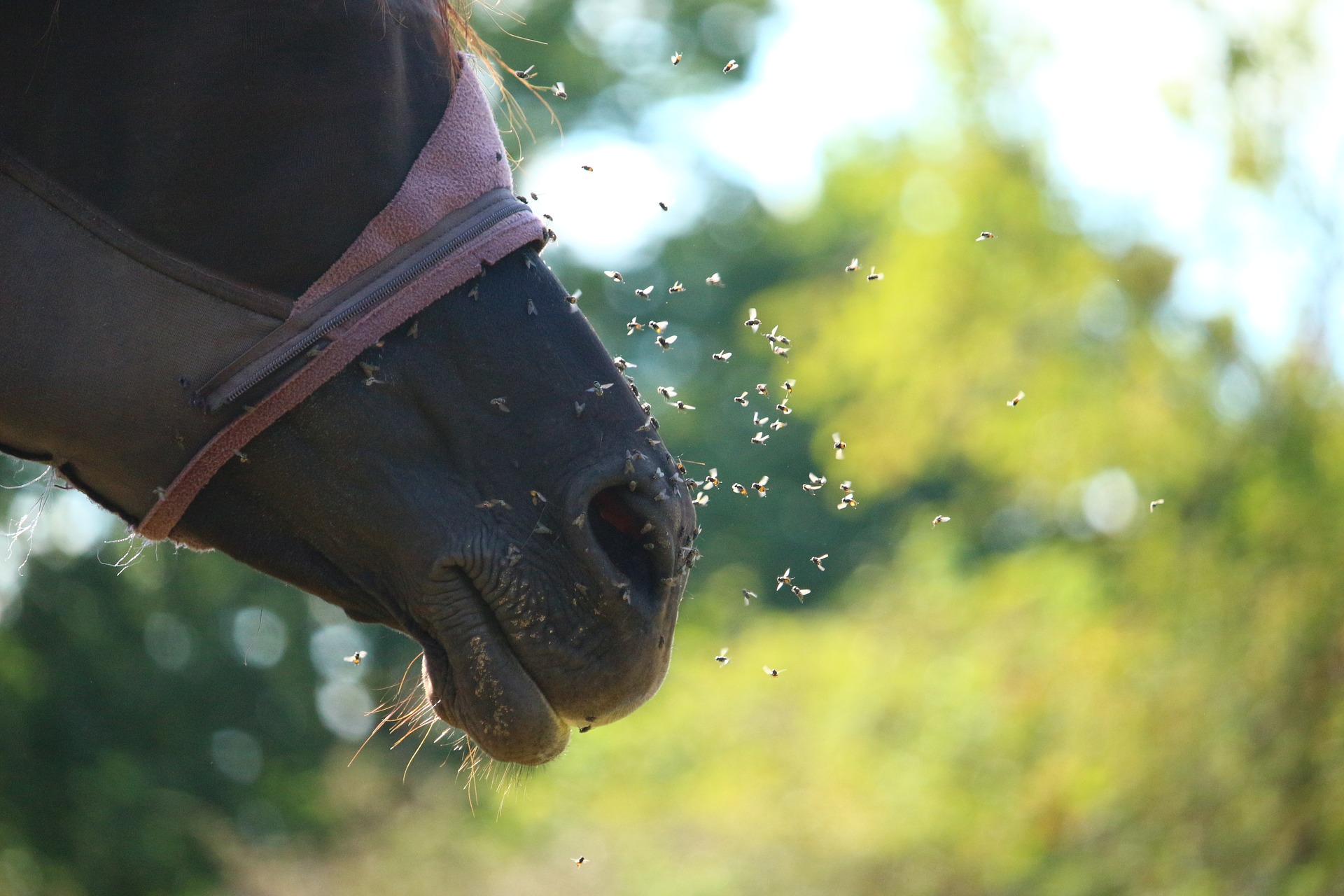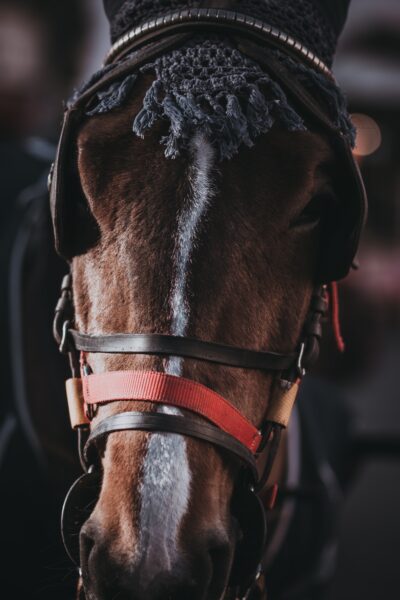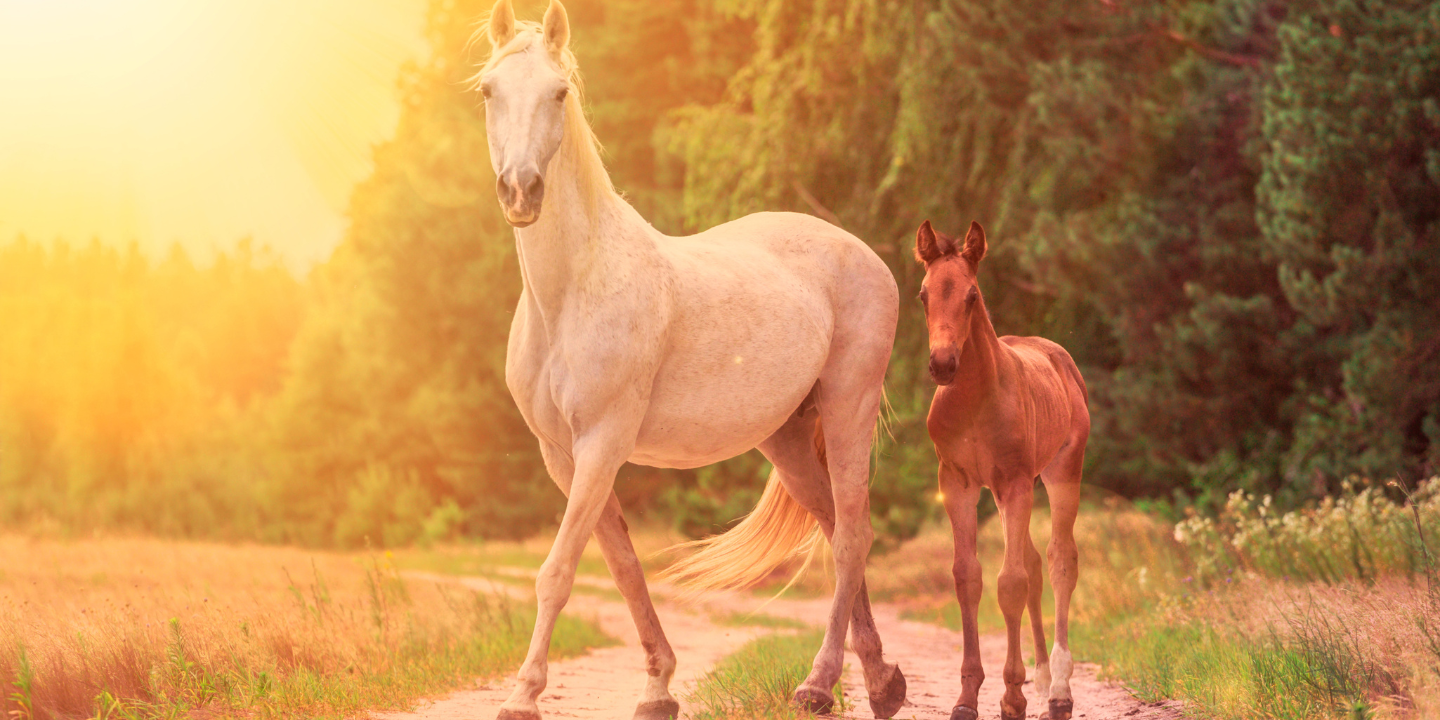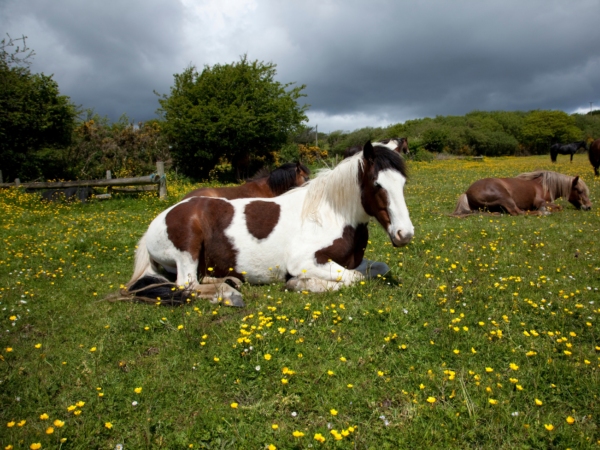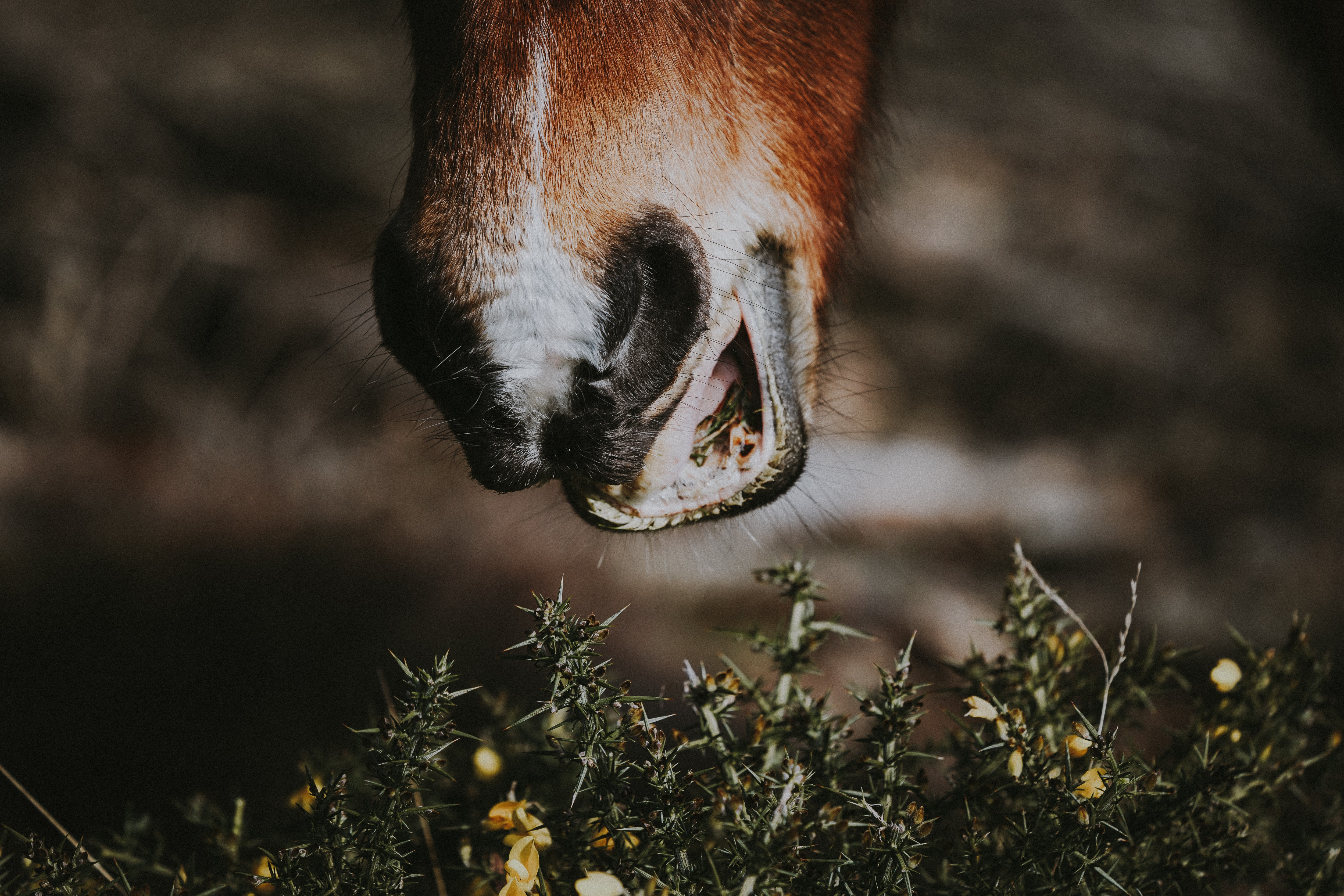How to Measure a Horse for a Blanket
Whether you got a new horse, or are looking for a new blanket, it’s important to know how to measure your horse for a blanket.
Improperly fitting blankets can cause rubs, pinch, be painful, or even deadly.
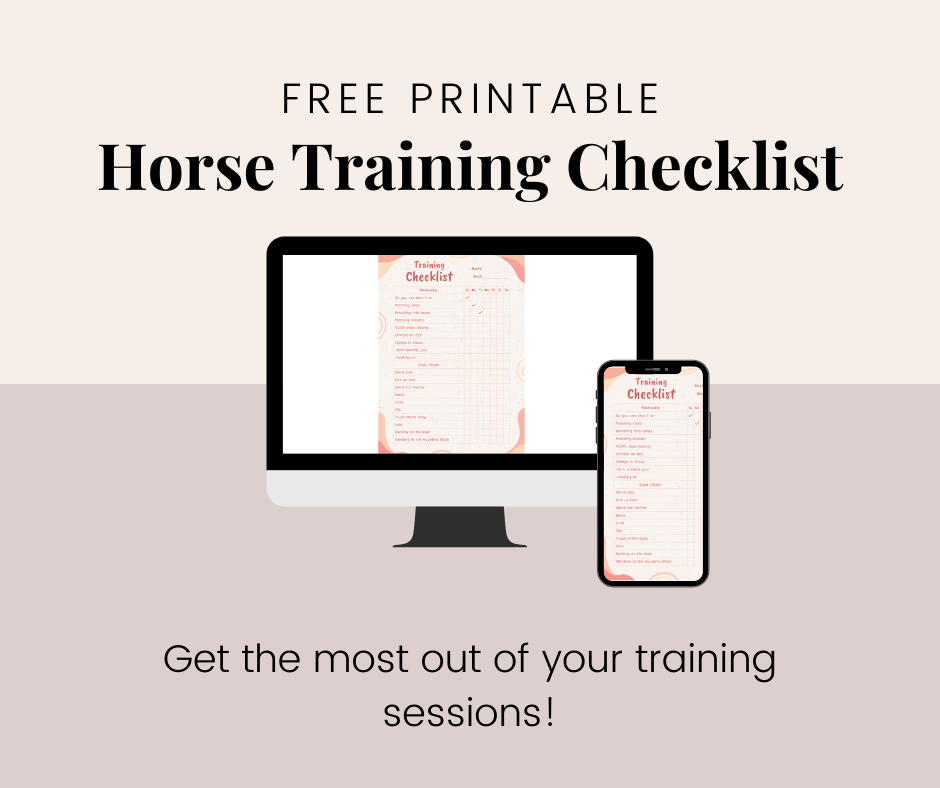
A fellow equestrian in a Facebook post mentioned how she had had a blanket just a tad too big and her horse managed to get his lower jaw caught underneath the front clasps, spooked, and ended up breaking his neck.
I don’t want to scare anyone, but accidents happen, and a properly fitting blanket can avoid that!
The general use of a horse blanket is to avoid unwanted changes on a horse’s coat and to keep horses warm, especially horses used to warmer climates that have moved to a colder climate.
As a horse owner, it would be a good idea to pick a horse blanket or horse sheet with the best fit for your horse.
There are different types of blankets and blanket brands to choose from.
But, first, it is better to learn how a horse’s measurement is taken first.
To begin, check out my Complete Guide to Blanketing Your Horse, and 7 Turnout Blankets for Less Than $100.
How to Measure Your Horse for a Blanket
Finding the measurement of your horse is the first thing you want to do when looking for the right-sized blanket.
There is a variety of shapes of horses, so it is really important to check your horse first as it can tell much about its body condition, too.
Another reason why measuring is important is to prevent blanket slippage and to pick the right blanket style that fits your horse.
Here’s a general guide on how you can measure your horse.
To find a horse’s blanket size, let it stand on level ground.
Take out a soft measuring tape.
It would be helpful to get your horse acquainted with the measuring tape you will use to get his measurements.
Without the presence of a soft measuring tape, other measuring tapes can be used, like a flexible measuring tape or a string that you can mark and measure later.
It would also be a great thing to have someone help you when measuring your horse.
Place one end of the tape measure in the center of the chest of the horse.
Let it run on the left side of the horse in a straight line and stop when you reach the center of the tail.
Make it a point to check if you were able to run over the point of the shoulder while the tape measure is held tightly.
When you are finding a horse’s size on your own, you can do it by starting at the center point of the chest and going as far as you can go, always in a straight line.
Once you’ve reached the farthest point, put a marker, and start there and go for the center of tail.
Add the number of inches and that’s the total measurement of your horse.
The size of most stable blankets is in inches.
Whatever tape measure you used, make sure to convert it into inches.
The size of the blankets is always in an even number.
When your horse’s size is an odd number, round it up to find the next larger size.
Using a size chart is a good way to find the correct size for your horse, too.
| Height | Blanket Size |
| 11hh | 51″-57″ |
| 12hh | 57″-60″ |
| 13hh | 60″-63″ |
| 14hh | 66″-69″ |
| 15hh | 69″-75″ |
| 16hh | 75″-81″ |
| 17hh | 81″-84″ |
| 18hh | 84″-87″ |
The last thing is to check if your horse’s blanket fits perfectly.
Check how comfortable your horse is when he walks and moves.
Check his shoulders, withers, and the length of the blanket, too.
Check if the front closure’s top part lines up with its shoulder.
The base of the neck should lie smoothly on his shoulder comfortably.
A small neck opening restricts horse movement while a large neck opening can cause unwanted movement of the blanket.
Observe how the blanket moves when your horse walks.
If it keeps on rubbing the front of the withers, this is not good as this leads to wounds.
This should be a pressure-free wither area.
Lastly, a blanket ends just below his elbow and stifles.
Parts of Horse Blankets
Just like choosing any other equipment, there are certain parts of a horse blanket that you might want to check before purchasing one.
The following are some important parts you should check on a horse blanket.
- Belly Straps
- Always check how many belly straps there are. The more straps a blanket has, the more secure it is. These straps are also called surcingles.
- Shoulder Gussets
- These shoulder gussets encourage the point of his shoulders more free movement. A horse moves constantly and with the right shoulder gusset, you can keep your horse comfortable and warm. While most gussets are found on shoulders, other areas to find gussets are in the hind legs.
- Tail flap
- Part of a blanket that has a perfect fit is the tail flap which promises the complete comfort of your horse by providing full protection from wind and rain. Some tail covers come with double hoops and loop closures that might add more protection.
- Leg straps – optional
- To ensure a safe and right fit, additional straps could help a lot, especially on windy days. Never allow these straps to hang loosely, or else they will cause more rubs like the ones they get from too tight bucking straps.
- Hoods and neck covers
- Some blanket brands offer jackets that come with hoods and neck designs. These are usually added to turnout blankets
Type of Blankets and Sheets
With all of the different types of blankets and sheets out there it can get overwhelming.
So let’s go over the difference between blankets and sheets first.
Horse sheets are lightweight and don’t have any fill.
On the other hand, horse blankets have fillings that help keep your horse warm in cold weather.
We know that choosing the proper fit for your horse is important, but choosing the right type is just as important.
Here are some of the important things you might need to know about blankets and sheets.
Horse Blankets
Blanket weight talks about the amount of fill a blanket has. Each one is different because of the warmth it offers.
These are the variety of weights which we can choose from.
- Lightweight blankets
- This sort of blanket has 0-100 grams of fill. It is also called sheets. Because it doesn’t have much fill, it is not enough for the winter months.
- Mediumweight blankets
- This sort of blanket has 150 to 250 grams of fill.
- Heavy weight blankets
- Heavyweight blankets have more than 300 grams of fill.
- Heavyweight blankets have more than 300 grams of fill.
Now that we have settled that horse sheets and lightweight horse blankets, things are now easier understood.
Let’s talk about some types of blankets sheets that are usually used.
- Fly sheet
- As the name implies, it is a sheet used to keep horses from flies and other irritating bugs. Because a fly sheet is a lightweight blanket, horses can wear it during turnout easily.
- Dress sheet
- This kind of sheet is great at keeping your horse comfortable and beautiful. These sheets can also be used as a liner for a heavier blanket to be worn during winter weather.
- Stable blankets
- Unlike stable sheets, stable blankets are filled. There are different levels of fills. This way, you can keep more than one stable blanket in your tack shop so you can choose one for every temperature. Stable blankets are not waterproof, so it is always best to wear stable blankets inside the stable. If horses are outside, stable sheets can be placed over these blankets to keep them warm and dry.
- Turnout Blankets
- When purchasing a new blanket, a turnout blanket could be an excellent choice. This is because a turnout blanket is great at keeping a horse warm and keeping it dry. It has the perfect amount of fills and is waterproof. It has a great waterproof insulator layer which gives you a stable blanket and stable sheet in one.
Blanket companies design blankets in different styles.
This is because some horses have different features.
Just like how certain horses have a sloped neck line.
Schneiders blankets offer five different fits for horse blankets.
They offer beautiful blankets that offer great features like the Fitted V-Free Pressure Free Wither that stands out with its longer drop that allows a wrap to be made around a horse’s barrel.
For an open front, you might want to check out the Newport Stable Sheet Open Front Horse Blanket.
For more options, check out my post on turnout blankets for under $100. And my Ultimate Guide to Blanketing Your Horse.
Some people like the sides of the blankets to end mid-buttock while some wrap it around to mid-tail.
If the blanket you’re going to buy has a tail cover, you can end your measurement mid-buttock.
The inch measurement is the size of the blanket you will buy.
Most blankets come in even numbers, so if your horse measures an odd number (say, a 73″), than order a 74″.
However, like with most horses, it’s rarely that simple.
In addition to size, there are different styles and shapes of blanket that may fit your horse better than others.
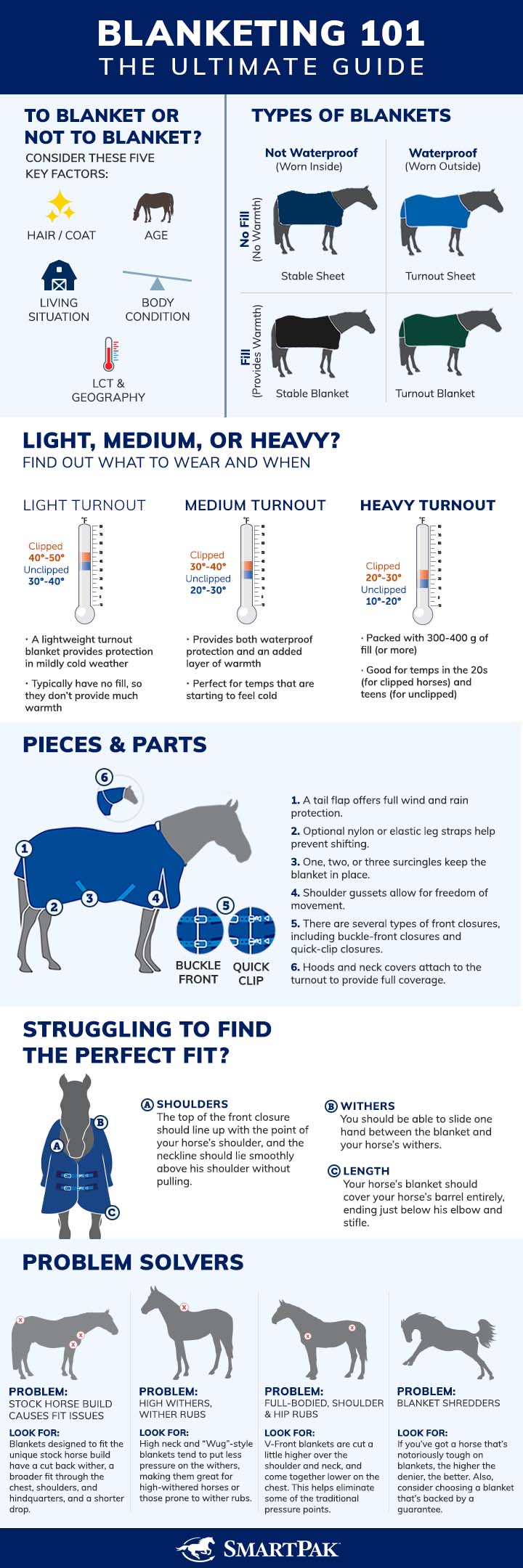
If your horse is on the shorter, but thicker side, look for a blanket for cobs or stock horse fit.
Horses with high neck-sets or withers may benefit from a “high neck” or “wug”-style blankets.
Recommend horse blanket brands:
- Horseware
- Baker
- Pessoa
